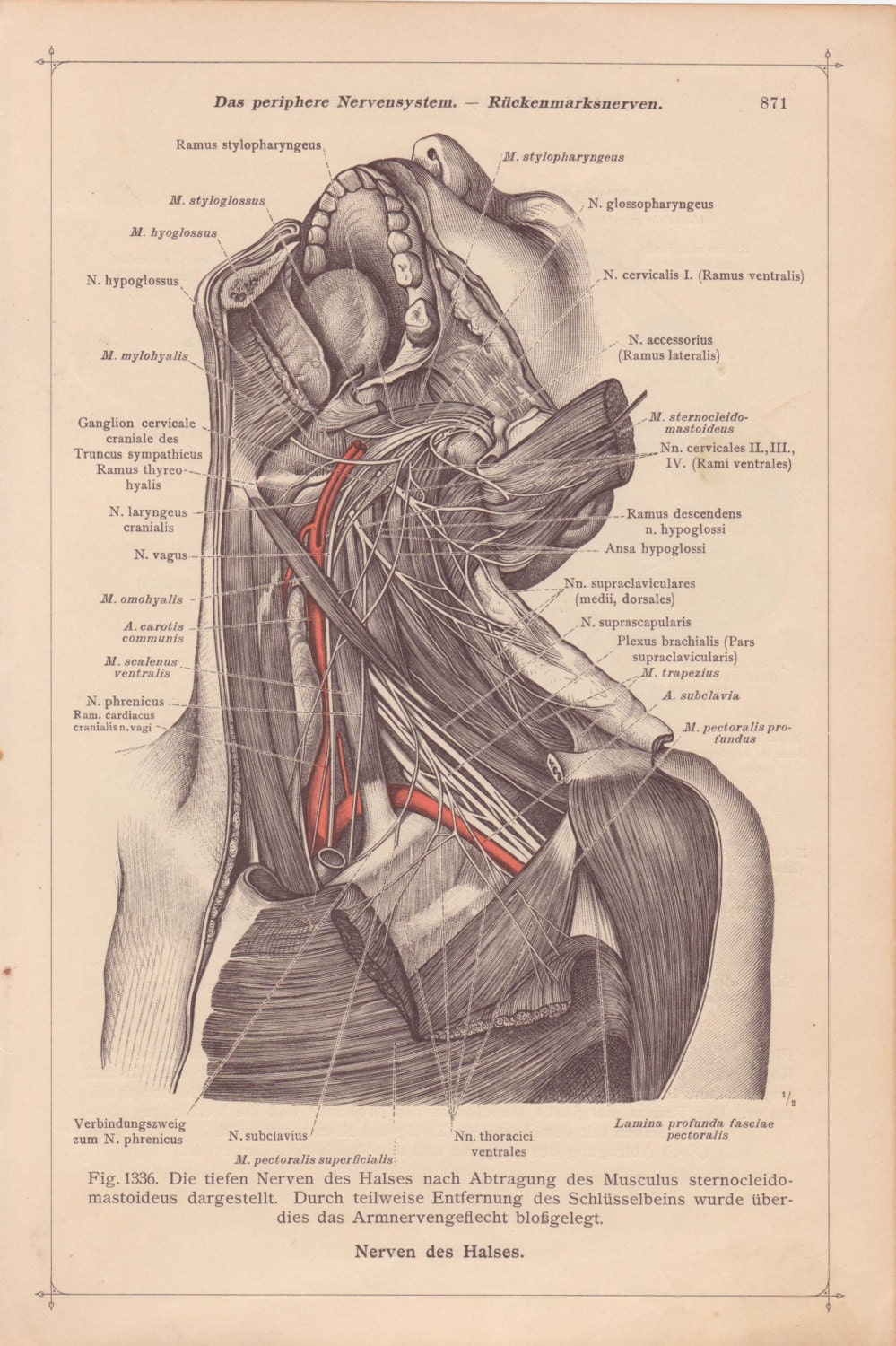
It articulates with a facet on C1 and is supported posteriorly by the transverse ligament. The dens is an important anatomical feature because it allows us to rotate our heads it acts like a pivot. Another feature unique to C1 is the transverse ligament, a structure which attaches to both lateral masses and holds the dens of C2 (discussed below) in place to prevent displacement of the dens into the spinal cord.Ĭ2 (Axis): The most striking feature of C2 is the dens, a process which projects superiorly towards C1. As with the other cervical vertebrae, the transverse processes of C1 possess transverse foramina. The transverse processes of C1 arise from the lateral masses. The superior surfaces of the lateral masses articulate with the occipital condyles on the base of the skull. The lateral parts of C1 are called lateral masses, which are the thickest part of the vertebrae and are involved in bearing the weight of the head. Instead, it has anterior and posterior arches, which both have tubercules. Atypical VertebraeĬ1 (Atlas): C1 is a particularly unusual vertebra in that it does not have a body or a spinous process. In the cervical region, these are short (with the exception of C6 and C7) and are sometimes bifid (split into two). The spinous processes are the “bumps” which you can see often seen on the back and neck of individuals. Spinous Processes: the spinous process is a projection off the vertebra which faces posteriorly (i.e. These are the sites of attachment for the scalene and levator scapulae muscles. The transverse processes also have two projections on them, called the anterior and posterior tubercules. Firstly, there is an oval-shaped hole called the transverse foramen, which transmits the vertebral artery and accompanying veins. There are a few features on the transverse process which are unique to the cervical vertebrae. There is a superior facet to articulate with the vertebra above, and an inferior facet which articulates with the vertebra below. Transverse processes: The transverse processes are lateral projections of the vertebrae which have facets projecting off them. This is because there is a normal enlargement of the spinal cord in the cervical region (called the cervical enlargement), and is the area in which the main nerves to the arms leave the spinal cord. This is triangular shaped and surprisingly large in the cervical region. Vertebral foramen: This is the hole in the vertebra between the body and the arch through which the spinal cord and meninges run. The discs in the cervical spine are thinner than in the lumbar spine however, still thicker than the vertebral bodies they support.

Intervertebral discs: The intervertebral discs are located between the vertebral bodies of adjacent vertebrae and help to absorb shock. In comparison to the thoracic and lumbar vertebrae, the cervical vertebral bodies are much smaller as they do not bear as much weight. The vertebral bodies in the cervical region are rectangular. The key features of these vertebrae include:īody: The body of a vertebra is the thick, broad, anterior section. Vertebrae C3-6 all share similar features and are deemed to be typical vertebrae. The facets of the vertebrae help to join adjacent vertebrae, and the movement at these joints allows the neck to be flexible. The thicker, stronger, anterior bodies of the vertebrae are important for weight bearing, and thereby are important in supporting the weight of the head.

The different parts of the vertebrae have different functions. Vertebrae C1, C2 and C7 are classified as atypical vertebrae, as they have special features which are not common to the typical vertebrae (C3-C6). The cervical vertebrae enclose the spinal cord in the neck as well as the meninges (coverings) surrounding the spinal cord. The seven cervical vertebrae are located between the skull base and the thoracic vertebrae. The bones of the neck include the seven cervical vertebrae, the hyoid bone, the clavicles and the manubrium of the sternum. The bones of the neck serve to protect the spinal cord and to provide a site of attachment for the numerous neck muscles. The neck also has a number of muscles and bones which help to support and protect these structures.


It contains several important blood vessels, nerves and organs. Anatomically, the neck is the region between the base of the skull and the clavicles (collar bones) that connects the head to the trunk.


 0 kommentar(er)
0 kommentar(er)
